Ultimate Guide to Trout Fishing in the Rocky Mountains
The Rocky Mountains stretch like a magnificent spine across western North America, creating one of the world’s premier trout fishing destinations. Crystal-clear streams tumble from snowcapped peaks, pristine alpine lakes mirror the vast sky, and beneath these waters swim some of the most prized freshwater game fish in existence. For anglers, the Rockies represent a paradise where wild trout thrive in spectacular natural settings. Whether you’re a fly fishing purist, a spin casting enthusiast, or a complete beginner dreaming of landing your first rainbow, this comprehensive guide will equip you with the knowledge to make your Rocky Mountain fishing adventure successful and memorable.
From understanding the diverse trout species to mastering seasonal strategies, selecting the right gear, and discovering hidden fishing gems across multiple states, we’ll explore everything you need to know to elevate your angling experience in this majestic mountain range.
Understanding Rocky Mountain Trout Species
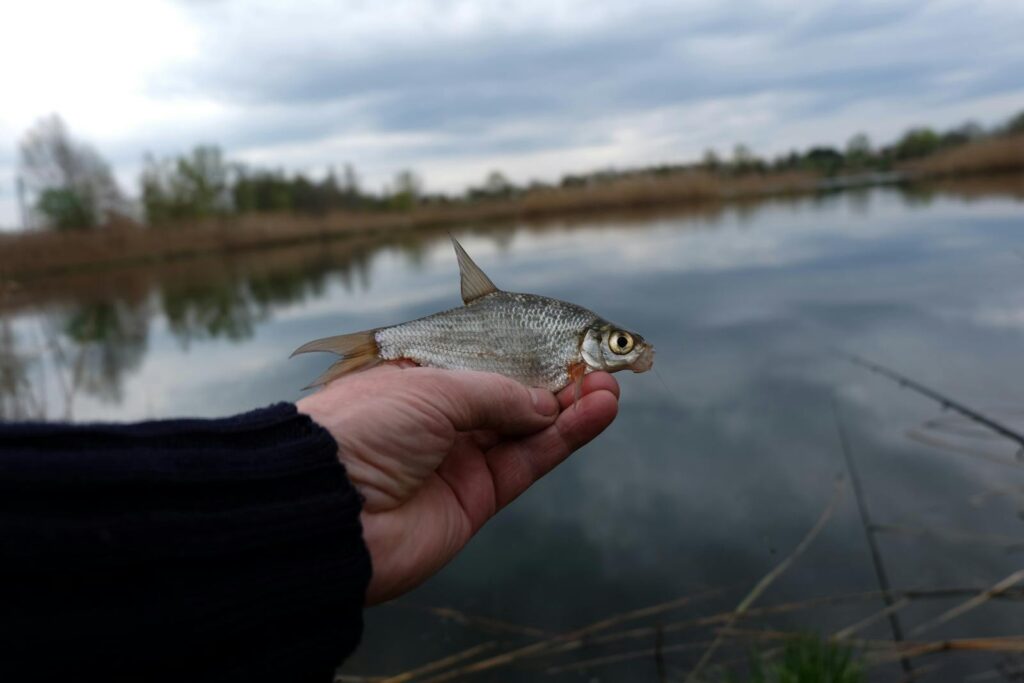
The Rocky Mountains host several trout species, each with unique characteristics, habitat preferences, and behaviors that affect how you should approach fishing for them. Native cutthroat trout, with their distinctive red-orange slashes beneath the jaw, are the original inhabitants and can be found in isolated headwaters and mountain streams. Rainbow trout, known for their spectacular fighting ability and aerial acrobatics when hooked, thrive in rivers with moderate currents and are often stocked in accessible waters. Brown trout, European transplants with a reputation for cunning and selective feeding, prefer undercut banks and deep pools, growing to impressive sizes in many Rocky Mountain rivers.
Brook trout, technically char rather than true trout, dominate many high-altitude streams and lakes, recognizable by their striking vermiculation patterns and vibrant spawning colors.
Essential Gear for Rocky Mountain Angling
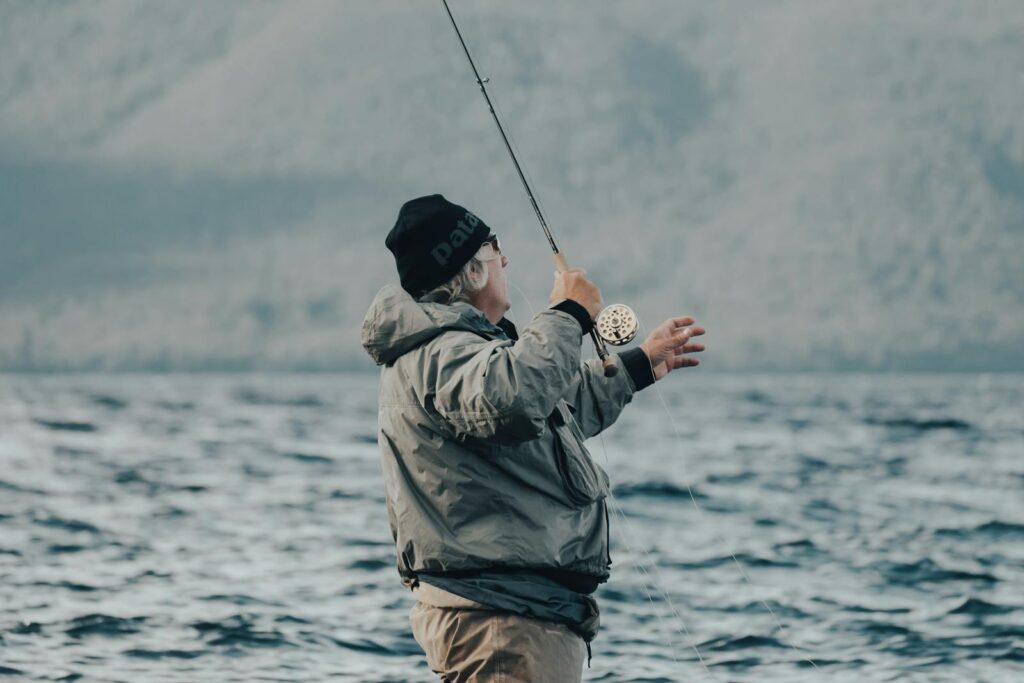
Proper gear selection starts with a versatile rod-and-reel combination appropriate for the waters you’ll fish—typically a 9-foot 5-weight fly rod offers the perfect balance for most Rocky Mountain trout waters, though smaller streams might call for lighter 2-4 weight setups. Waders are practically essential for accessing prime fishing spots, with breathable models providing comfort during summer months and insulated versions extending your fishing season into spring and fall. Your fly box should contain a diverse selection reflecting the regional hatches, including attractor patterns like Stimulators and Parachute Adams, along with faithful imitations of caddis, mayflies, stoneflies, and terrestrials appropriate for the season.
Don’t overlook quality polarized sunglasses, which cut glare and allow you to spot fish, read water structure, and observe underwater obstacles that might otherwise snag your line.
Seasonal Strategies for Mountain Trout
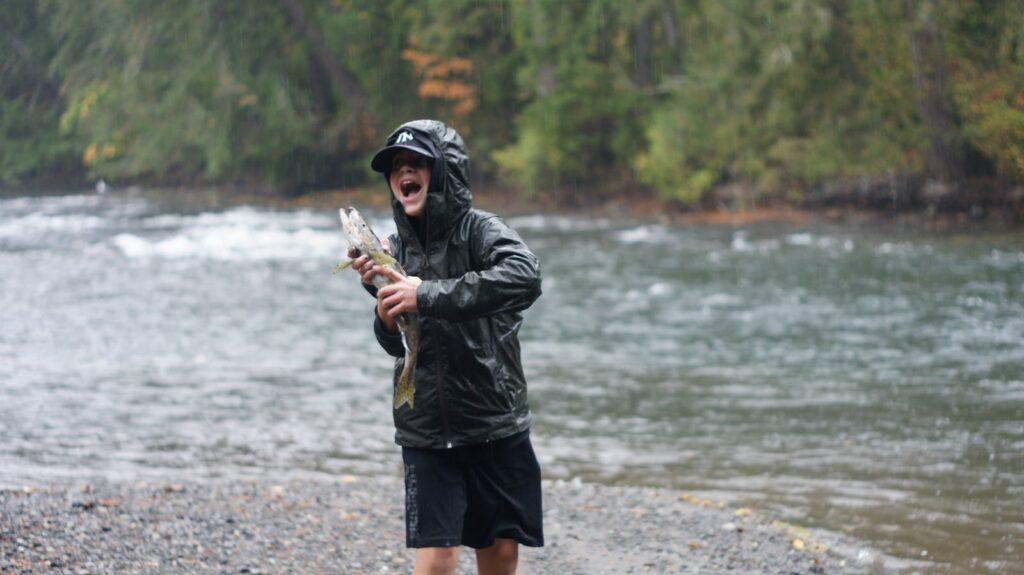
Spring fishing in the Rockies presents both challenges and opportunities, with high, cold runoff from melting snow typically peaking in May and early June, forcing anglers to target smaller tributaries and tailwaters until levels subside. Summer delivers the most consistent and accessible fishing throughout the range, with predictable insect hatches, comfortable wading conditions, and active trout feeding in all water types from riffles to deep pools. Fall transforms the mountains with spectacular foliage and offers exceptional fishing as brown and brook trout enter their spawning season, becoming more aggressive and territorial while rainbows and cutthroats fatten up for winter.
Winter fishing, though limited to tailwaters and lower elevations where streams remain ice-free, rewards the hardy angler with solitude and the opportunity to catch larger trout using midges and small nymphs in slow, deep pools where fish conserve energy in the cold.
Reading Mountain Water
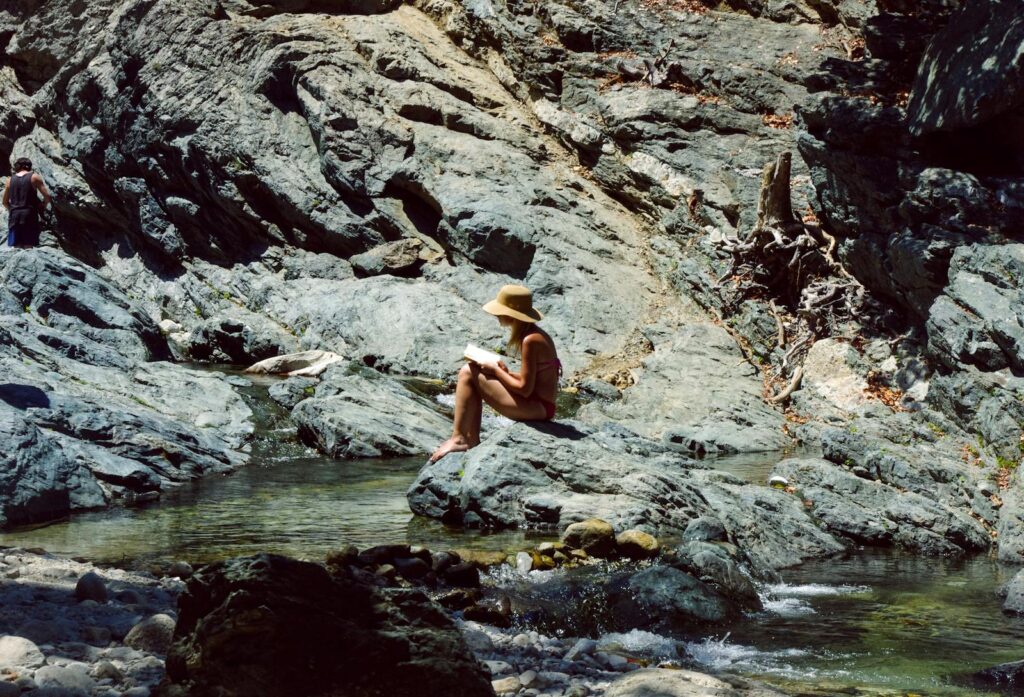
Understanding how to read water is perhaps the most valuable skill an angler can develop in the Rocky Mountains, where stream structure varies dramatically within short distances. Pocket water, formed by current flowing around and between rocks, creates oxygen-rich feeding zones where trout can rest while watching for food drifting downstream—target these areas with short, accurate casts. Riffles, characterized by shallow water flowing rapidly over rocky substrate, serve as insect factories where trout feed actively, particularly during hatches or in low light conditions.
Deeper runs and pools provide shelter during bright midday hours and serve as winter holding areas, requiring weighted flies and longer drifts to reach fish holding near the bottom. Seams, where fast and slow currents meet, create natural feeding lanes where trout position themselves to collect food with minimal energy expenditure—these transitional areas often produce the most consistent action throughout the day.
Fly Fishing Techniques for Rocky Mountain Waters
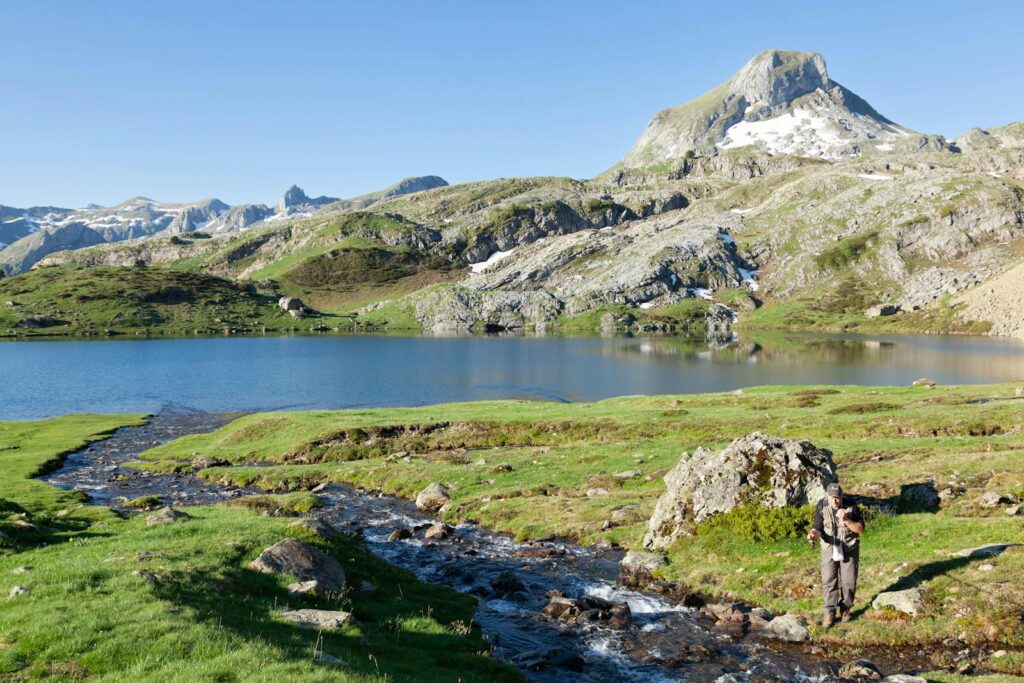
Dry fly fishing represents the purest expression of the sport in the Rockies, requiring precise presentation of floating flies that imitate adult aquatic insects or terrestrials on the water’s surface. Nymphing techniques, where weighted imitations of immature insects are drifted below the surface, account for approximately 80% of trout feeding activity and remain productive even when no visible surface feeding occurs. Streamer fishing introduces a predatory dimension to trout fishing, using larger flies that imitate smaller fish, leeches, or crawfish to trigger aggressive strikes from larger trout protecting territory or seeking caloric efficiency.
The high-stick or Czech nymphing method has gained popularity in pocket water, allowing anglers to maintain direct contact with subsurface flies while eliminating drag in complex currents—a particularly effective approach when targeting the structure-rich streams typical of mountainous terrain.
Colorado’s Gold Medal Waters
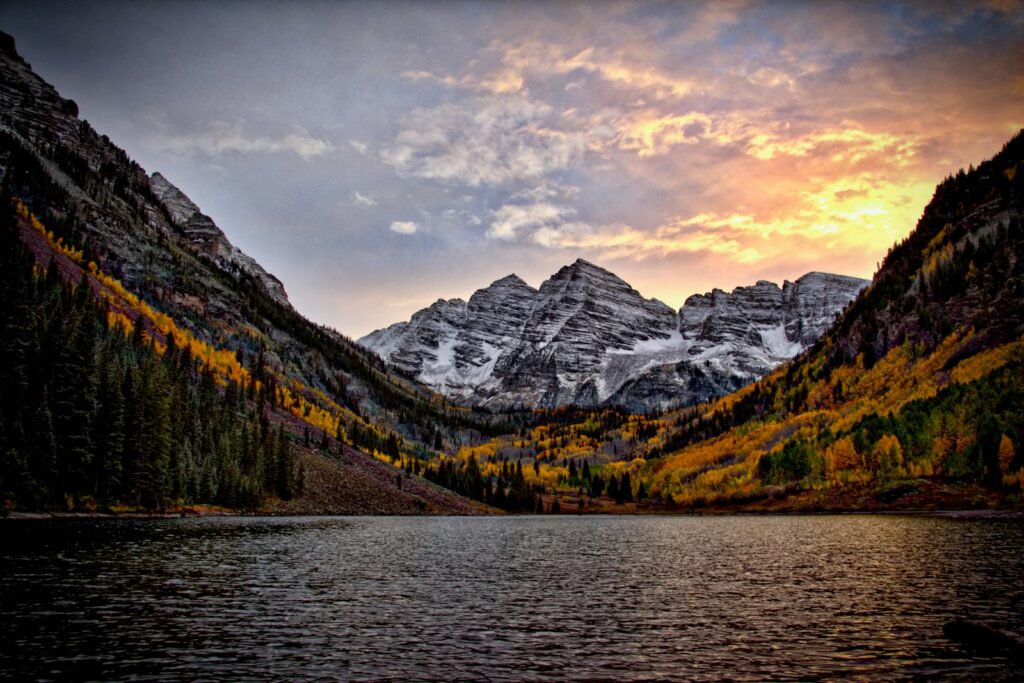
Colorado designates certain exceptional trout fisheries as “Gold Medal Waters,” streams and lakes that represent the pinnacle of the state’s angling opportunities with abundant large trout. The Frying Pan River below Ruedi Reservoir stands as perhaps the most famous of these treasures, where the tailwater section creates ideal conditions for growing massive rainbow and brown trout that feast on mysis shrimp flushed from the dam. The South Platte River, particularly through Cheesman Canyon and the Deckers area, offers technical dry fly fishing for selective trout in crystal clear flows surrounded by dramatic granite formations.
Gore Creek presents the rare opportunity to catch trophy trout in an urban setting as it flows through Vail, while maintaining the aesthetic qualities of a mountain stream despite its accessibility. Blue Mesa Reservoir, though a departure from stream fishing, earns its Gold Medal status through phenomenal lake trout (mackinaw) fishing, with specimens exceeding 20 pounds caught regularly in its deep, cold waters.
Montana’s Legendary Rivers
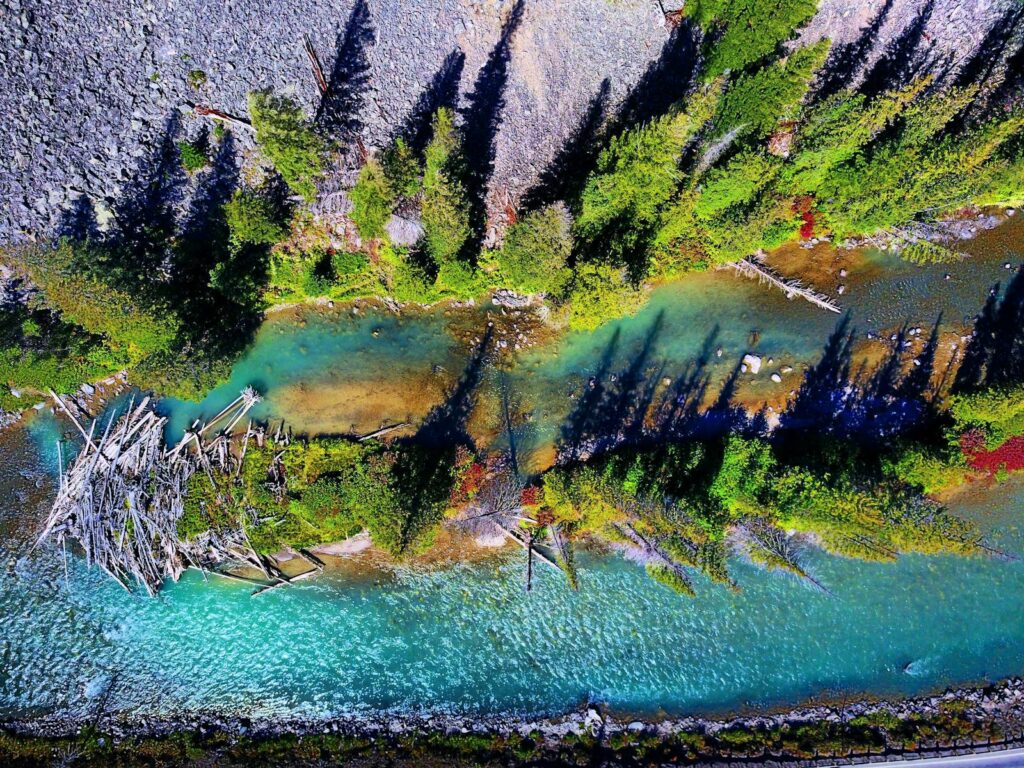
Montana has rightfully earned its reputation as a fly fishing mecca, with the Yellowstone River standing as the longest undammed river in the contiguous United States, offering 700 miles of free-flowing water and exceptional trout habitat throughout its course. The Madison River, emerging from Yellowstone National Park, maintains its status as one of the most productive trout fisheries in North America, with consistent hatches and multiple fishing styles producing results across its varied sections. The Missouri River below Holter Dam creates a tailwater paradise where trout grow to exceptional size, feeding on prolific insect life in the consistent flows, making it particularly popular with anglers seeking trophy rainbow and brown trout.
Lesser-known gems like Rock Creek near Missoula or the Gallatin River offer somewhat less pressured fishing while still maintaining the quality and scenic beauty that characterize Montana’s world-class trout waters.
Wyoming’s Wild Trout Sanctuaries
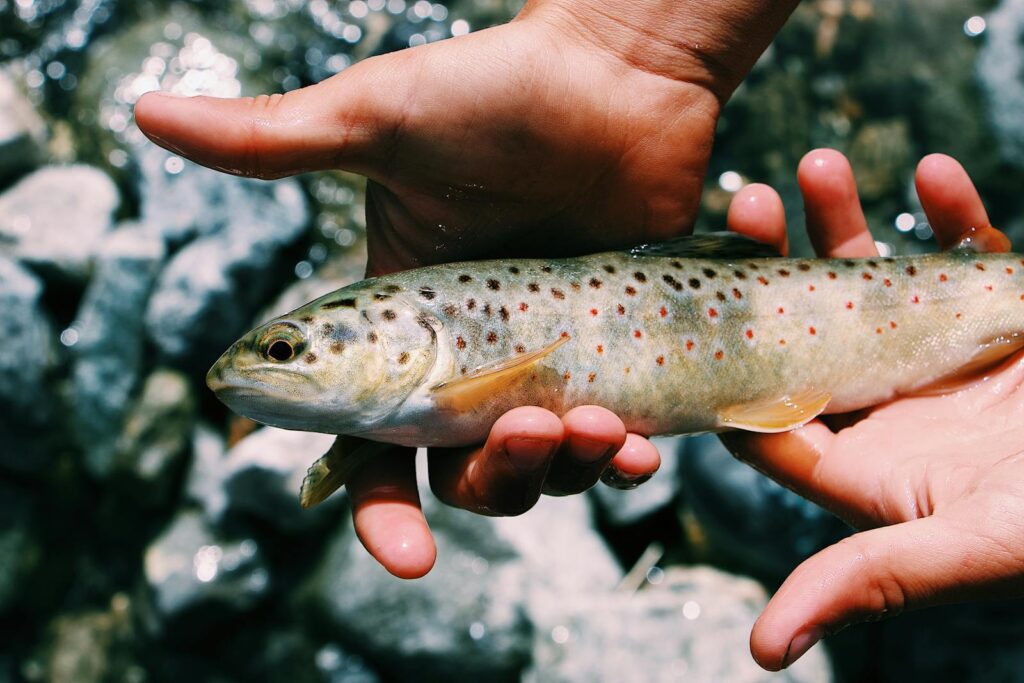
Wyoming offers some of the most pristine and wild trout fishing in the Rockies, headlined by the Snake River’s population of native fine-spotted cutthroat trout that thrive in the braided channels and swift currents flowing through Grand Teton National Park. The North Platte River winds through spectacular canyon country, with the Miracle Mile and Grey Reef sections below Seminoe and Alcova reservoirs producing trophy trout in the 20-inch class with remarkable consistency. Yellowstone National Park, though shared with Montana and Idaho, contains much of its legendary water within Wyoming’s borders, including the Lamar River system where native Yellowstone cutthroat trout draw anglers seeking an authentic wilderness experience.
The Wind River Range harbors countless alpine lakes and streams accessible only by trail, rewarding those willing to hike with exceptional fishing for golden trout and cutthroat in settings of breathtaking mountain beauty untouched by development.
Idaho’s Blue-Ribbon Fisheries
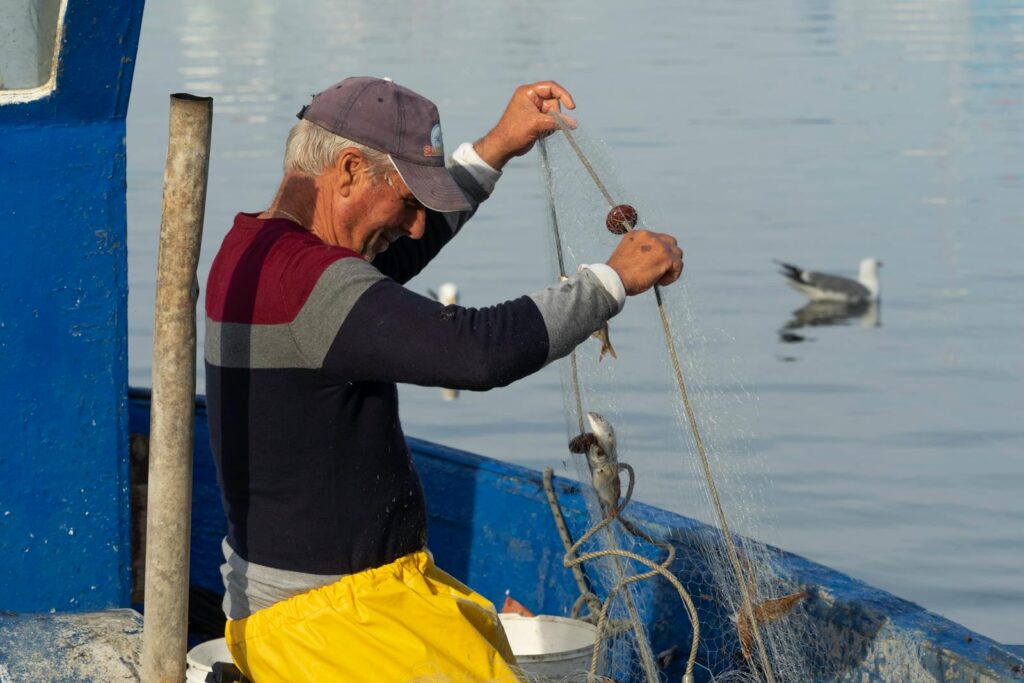
Idaho possesses some of the most diverse trout habitat in the Rockies, with the Henry’s Fork of the Snake River standing as its crown jewel—particularly the Ranch section, where large, selective rainbow trout cruise crystal clear waters flowing through meadows, creating technical dry fly fishing that challenges even expert anglers. The South Fork of the Snake offers incredible cutthroat trout fishing through a scenic canyon, with populations of native Yellowstone cutthroat that state agencies work diligently to preserve through special regulations and management practices. Silver Creek, a spring-fed stream flowing through central Idaho’s high desert, creates a unique ecosystem where trout grow to substantial size on a rich diet of insects, though they become notoriously selective and demand perfect presentations from anglers.
The Selway and Lochsa rivers in the northern part of the state provide exceptional cutthroat fishing in wilderness settings, with the added bonus of being less heavily fished than some of Idaho’s more famous waters.
High Alpine Lake Fishing
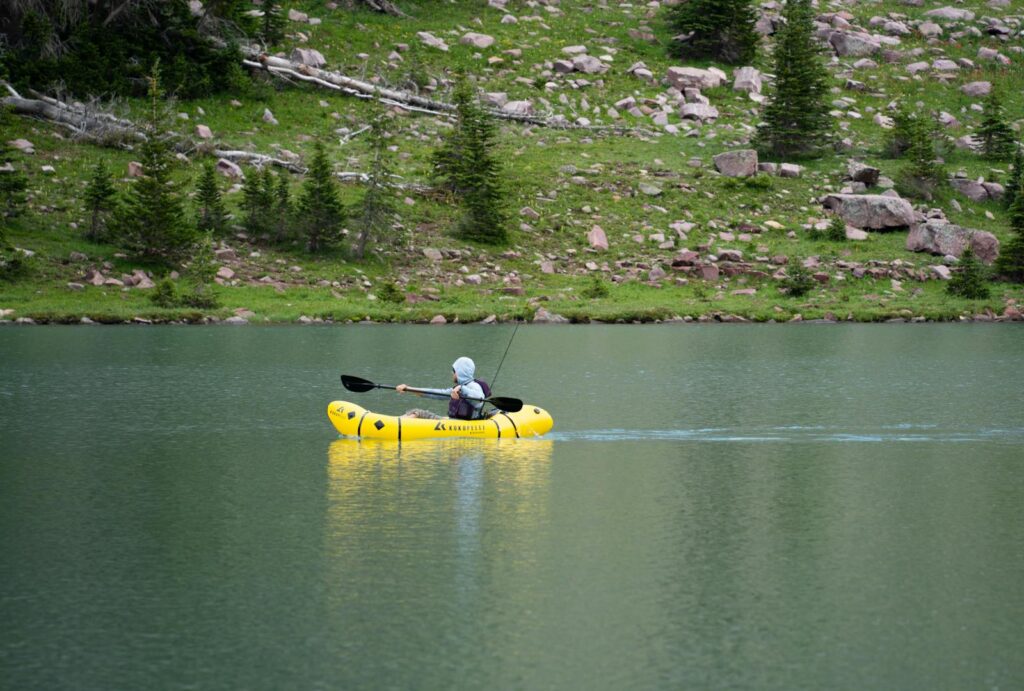
The Rocky Mountains contain thousands of high-elevation lakes, from drive-up reservoirs to remote tarns requiring significant hiking effort to reach, each with unique characteristics and fish populations. Alpine lakes typically fish best from ice-out (usually July in the highest elevations) through September, when trout feed aggressively near shorelines and surface activity peaks during calm periods. Specialized tackle considerations include longer leaders (often 12-15 feet) for exceptionally clear water, floating lines that allow for long, delicate presentations, and flies that imitate the limited but specific food sources found in alpine environments.
The effort required to reach remote mountain lakes often correlates directly with fishing quality, with those willing to hike 5+ miles or tackle significant elevation gain frequently rewarded with larger trout and complete solitude—a combination increasingly rare in today’s fishing world.
Conservation and Ethical Angling

Responsible angling practices ensure the continued health of Rocky Mountain fisheries, beginning with proper catch-and-release techniques that include barbless hooks, minimal handling, keeping fish in the water whenever possible, and using rubber nets that protect delicate fins and scales. Preventing the spread of invasive species requires cleaning gear between watersheds and adhering to regulations regarding felt-soled wading boots, which can transport harmful organisms between waterways. Understanding special regulations, which often vary dramatically between different sections of the same river or between neighboring states, prevents unintentional violations and protects vulnerable native trout populations.
Supporting conservation organizations like Trout Unlimited contributes to habitat improvement, native trout restoration, and protection of water resources that benefit not only anglers but entire mountain ecosystems.
Planning Your Rocky Mountain Fishing Trip

Timing your visit significantly impacts fishing success, with mid-summer (July-August) offering the most reliable conditions across all elevations, while shoulder seasons (June and September) often provide less crowded waters and spectacular fishing despite less predictable weather. Engaging local expertise through guides or fly shops yields invaluable information about current conditions, successful patterns, and lesser-known opportunities that can transform an average trip into an exceptional one. Logistics planning should account for the remote nature of many prime fishing locations, with considerations for vehicle access (high-clearance vehicles may be necessary for certain areas), accommodations (which range from luxury lodges to primitive campgrounds), and emergency preparedness in backcountry settings.
Traveling anglers should research fishing licenses well in advance, understanding that each state requires separate permits and may have additional stamps or endorsements for certain waters, with significant penalties for non-compliance.
Wildlife Encounters and Safety

Fishing in the Rocky Mountains means sharing habitat with diverse wildlife, including potentially dangerous species like bears, requiring precautions such as carrying bear spray, making noise while hiking, and properly storing food and fish away from camping areas. Mountain weather changes rapidly and dramatically, with afternoon thunderstorms common during summer months, demanding that anglers carry appropriate layers and rain gear even on seemingly clear days. Hypothermia represents a serious risk when wading in cold mountain streams, particularly during early season or at high elevations, necessitating proper insulating layers beneath waders and a change of dry clothes kept accessible.
Physical preparedness cannot be overlooked, as fishing often involves hiking significant distances, navigating uneven terrain, and wading through powerful currents—conditioning before your trip prevents injuries and enhances enjoyment of these spectacular waters.
Conclusion

The Rocky Mountains offer trout fishing experiences that rank among the finest in the world, combining spectacular scenery, diverse waters, and healthy fish populations accessible to anglers of all skill levels. From technical dry fly presentations on spring creeks to searching alpine lakes with attractor patterns, the region provides limitless opportunities to practice and perfect every facet of the sport. More than just a fishing destination, the Rockies create a backdrop where catching trout becomes part of a larger wilderness experience—one that connects modern anglers to generations past who have cast their lines into these same waters.
Whether you’re planning your first mountain fishing adventure or returning to beloved waters you’ve fished for decades, the Rocky Mountains continue to offer the perfect blend of challenge, reward, and natural beauty that defines the essence of trout fishing.
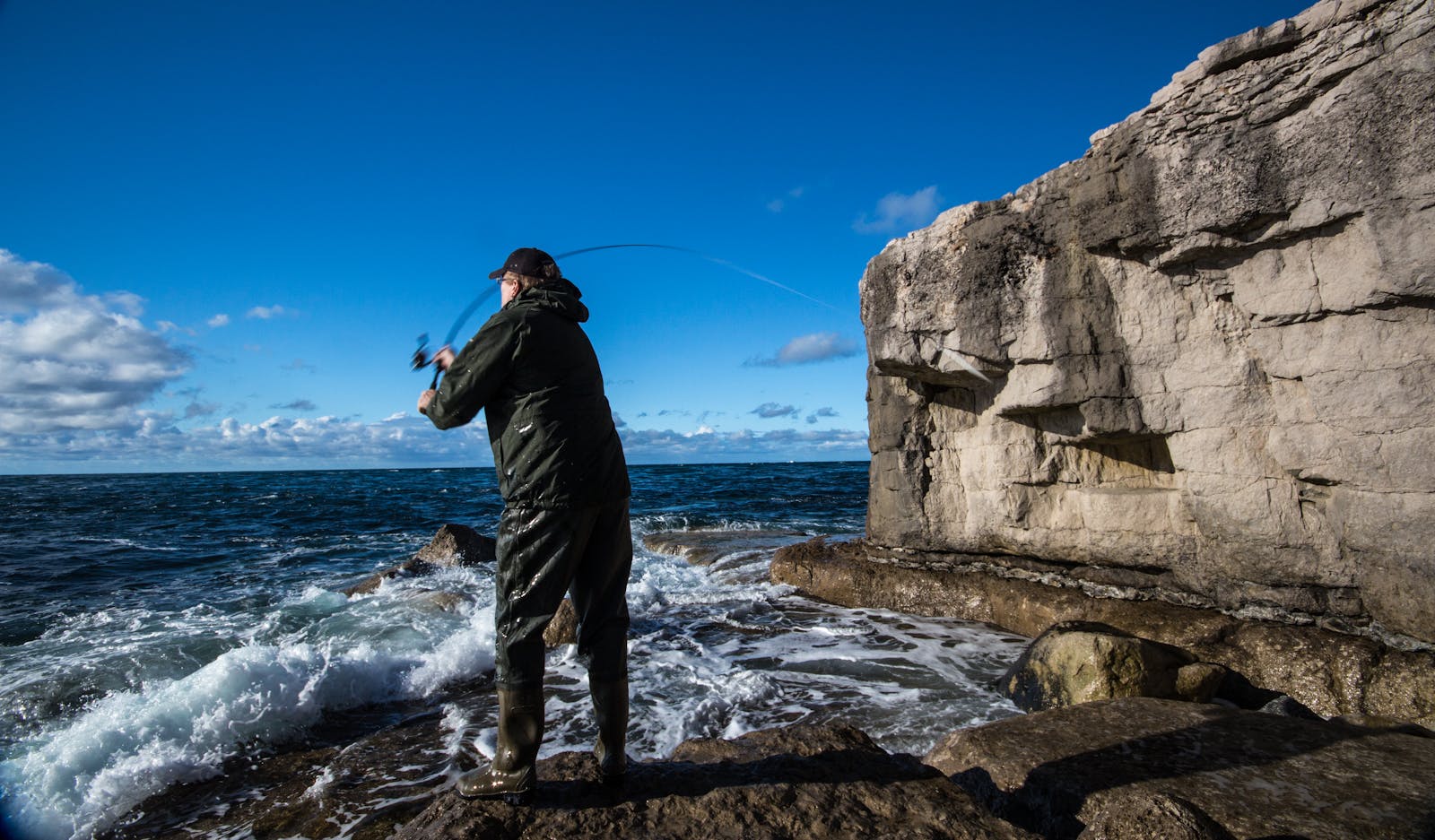

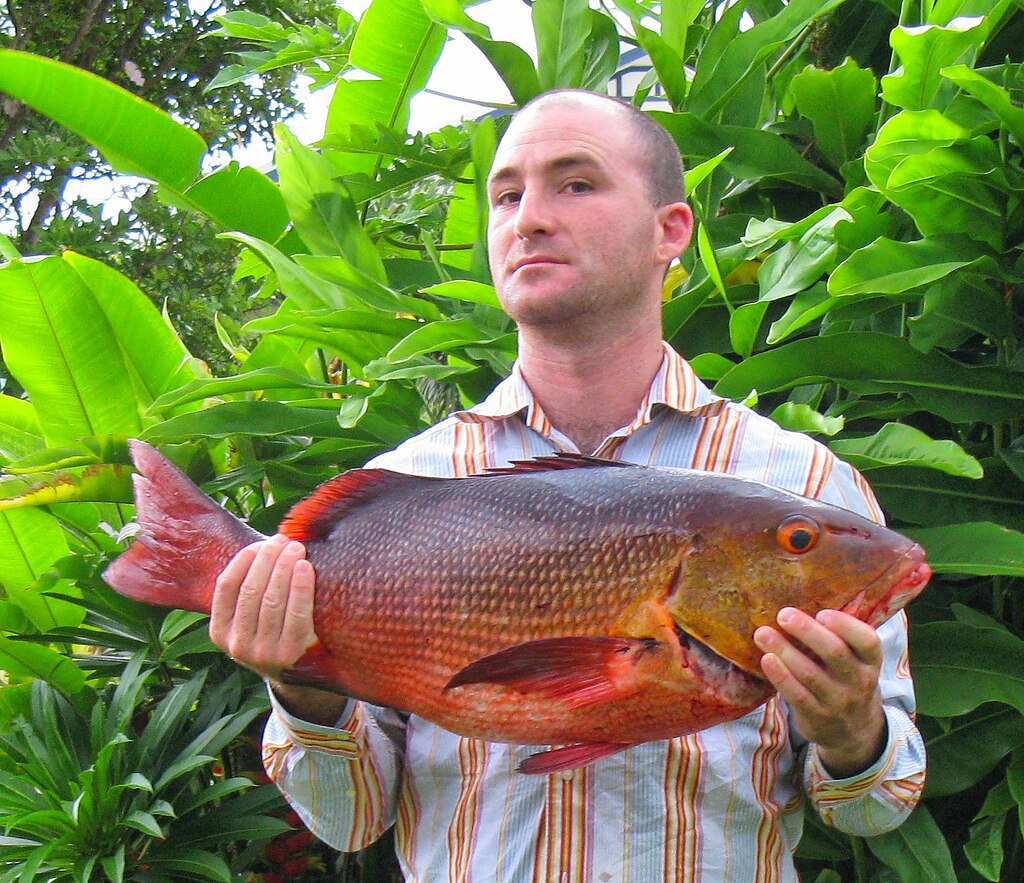











Post Comment